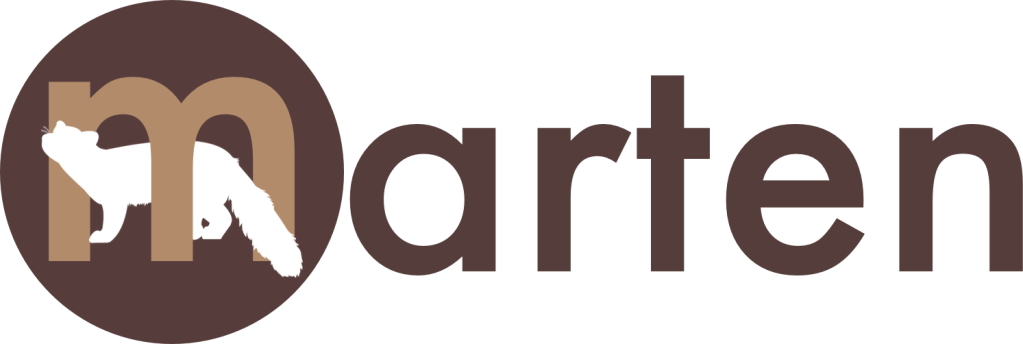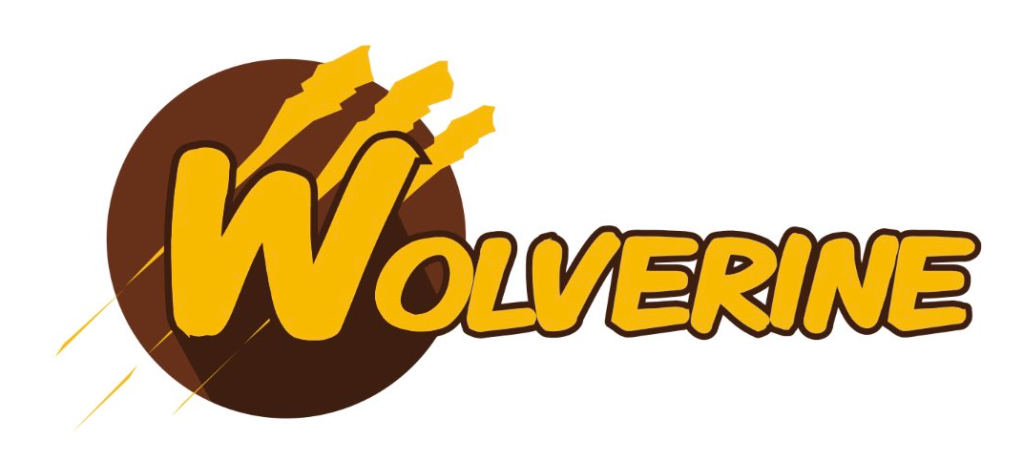Before I start, I am lucky to be part of a great group of OSS collaborators across the board. In particular, thanks to Oskar, Babu, Khalid, Hawxy, and Eric Smith for helping make 2022 a hugely productive and satisfying year in OSS work for me. I’m looking forward to working with y’all more in the times ahead.
In recent years I’ve kicked off my side project work with an overly optimistic and hopelessly unrealistic list of ambitions for my OSS projects. You can find the 2022 and 2021 versions still hanging around, only somewhat fulfilled. I’m going to put down my markers for what I hope to accomplish in 2023 — and because I’m the kind of person who obsesses more about the list of things to do rather than looking back at accomplishments, I’ll take some time to review what was done in many of these projects in 2022. Onward.

Marten is going gang busters, and 2022 was a very encouraging year for the Marten core team & I. The sizable V5.0 release dropped in March with some significant usability improvements, multi-tenancy with a database per tenant(s) support, and other goodness specifically to deal with apparent flaws in the gigantic V4.0 release from late 2021.
For 2023, the V6 release will come soon, mostly with changes to underlying dependencies.
Beyond that, I think that V7 will be a massively ambitious release in terms of important new features — hopefully in time for Event Sourcing Live 2023. If I had a magic wand that would magically give us all enough bandwidth to pull it off, my big hopes for Marten V7 are:
- The capability to massively scale the Event Store functionality in Marten to much, much larger systems
- Improved throughput and capacity with asynchronous projections
- A formal, in the box subscription model
- The ability to shard document database entities
- Dive into the Linq support again, but this time use Postgresql V15 specific functionality to make the generated queries more efficient — especially for any possible query that goes through child collections. I haven’t done the slightest bit of detailed analysis on that one yet though
- The ability to rebuild projections with zero downtime and/or faster projection rebuilds
Marten will also be impacted by the work being done with…

After a couple years of having almost given up on it, I restarted work pretty heavily on what had been called Jasper. While building a sample application for a conference talk, Oskar & I realized there was some serious opportunity for combining Marten and the then-Jasper for very low ceremony CQRS architectures. Now, what’s the best way to revitalize an OSS project that was otherwise languishing and basically a failure in terms of adoption? You guessed it, rename the project with an obvious theme related to an already successful OSS project and get some new, spiffier graphics and better website! And basically all new internals, new features, quite a few performance improvements, better instrumentation capabilities, more robust error handling, and a unique runtime model that I very sincerely believe will lead to better developer productivity and better application performance than existing tools in the .NET space.
Hence, Wolverine is the new, improved message bus and local mediator (I like to call that a “command bus” so as to not suffer the obvious comparisons to MediatR which I feel shortchanges Wolverine’s much greater ambitions). Right now I’m very happy with the early feedback from Wolverine’s JetBrains webinar (careful, the API changed a bit since then) and its DotNetRocks episode.
Right now the goal is to make it to 1.0 by the end of January — with the proviso that Marten V6 has to go first. The remaining work is mostly to finish the documentation website and a handful of tactical feature items mostly to prove out some of the core abstractions before minting 1.0.
Luckily for me, a small group of us at work have started a proof of concept for rebuilding/converting/migrating a very large system currently using NHibernate, Sql Server, and NServiceBus to Wolverine + Marten. That’s going to be an absolutely invaluable learning experience that will undoubtedly shape the short term work in both tools.
Beyond 1.0, I’m hoping to effectively use Wolverine to level up on a lot of technologies by adding:
- Some other transport options (Kafka? Kinesis? EventBridge?)
- Additional persistence options with Cosmos Db and Dynamo Db being the likely candidates so far
- A SignalR transport
- First class serverless support using Wolverine’s runtime model, with some way of optimizing the cold start
- An option to use Wolverine’s runtime model for ASP.Net Core API endpoints. I think there’s some opportunity to allow for a low ceremony, high performance alternative for HTTP API creation while still being completely within the ASP.Net Core ecosystem
I hope that Wolverine is successful by itself, but the real goal of Wolverine is to allow folks to combine it with Marten to form the….
“Critter Stack”
The hope with Marten + Wolverine is to create a very effective platform for server-side .NET development in general. More specifically, the goal of the “critter stack” combination is to become the acknowledged industry leader for building systems with a CQRS plus Event Sourcing architectural model. And I mean across all development platforms and programming languages.
Pride goeth before destruction, and an haughty spirit before a fall.
Proverbs 16:18 KJV
And let me just more humbly say that there’s a ways to go to get there, but I’m feeling optimistic right now and want to set out sights pretty high. I especially feel good about having unintentionally made a huge career bet on Postgresql.

Lamar recently got its 10.0 release to add first class .NET 7.0 support (while also dropping anything < .NET 6) and a couple performance improvements and bug fixes. There hasn’t been any new functionality added in the last year except for finally getting first class support for IAsyncDisposable. It’s unlikely that there will be much development in the new year for Lamar, but we use it at work, I still think it has advantages over the built in DI container from .NET, and it’s vital for Wolverine. Lamar is here to stay.
Alba
Alba 7.0 (and a couple minor releases afterward) added first class .NET 7 support, much better support for testing Minimal API routes that accept and/or return JSON, and other tactical fixes (mostly by Hawxy).
See Alba for Effective ASP.Net Core Integration Testing for more information on how Alba improved this year.
I don’t have any specific plans for Alba this year, but I use Alba to test pieces of Marten and Wolverine and we use it at work. If I manage to get my way, we’ll be converting as many slow, unreliable Selenium based tests to fast running Alba tests against HTTP endpoints in 2023 at work. Alba is here to stay.

Not that this is germane to this post, but the very lightly traveled road behind that sign has a straightaway section where you can see for a couple miles at a time. I may or may not have tried to find out exactly how fast my first car could really go on that stretch of road at one point.
Oakton had a significant new feature set around the idea of “stateful resources” added in 2022, specifically meant for supporting both Marten and Wolverine. We also cleaned up the documentation website. The latest version 6.0 brought Oakton up to .NET 7 while also using shared dependencies with the greater JasperFx family (Marten, Wolverine, Lamar, etc.). I don’t exactly remember when, but it also got better “help” presentation by leveraging Spectre.Console more.
I don’t have any specific plans for Oakton, but it’s the primary command line parser and command line utility library for both Marten, Wolverine, and Lamar, so it’s going to be actively maintained.

And finally, I’ve registered my own company called “Jasper Fx Software.” It’s going much slower than I’d hoped, but at some point early in 2023 I’ll have my shingle out to provide support contracts, consulting, and custom development with the tools above. It’s just a side hustle for now, but we’ll see if that can become something viable over time.
To be clear about this, the Marten core team & I are very serious about building a paid, add-on model to Marten + Wolverine and some of the new features I described up above are likely to fall under that umbrella. I’m sneaking that in at the end of this, but that’s probably the main ambition for me personally in the new year.
What about?…
If it’s not addressed in this post, it’s either dead (StructureMap) or something I consider just to be a supporting player (Weasel). Storyteller alas, is likely not coming back. Unless it does as something renamed to “Bobcat” as a tool specifically designed to help automate tests for Marten or Wolverine where xUnit.Net by itself doesn’t do so hot. And if Bobcat does end up existing, it’ll leverage existing tools as much as possible.